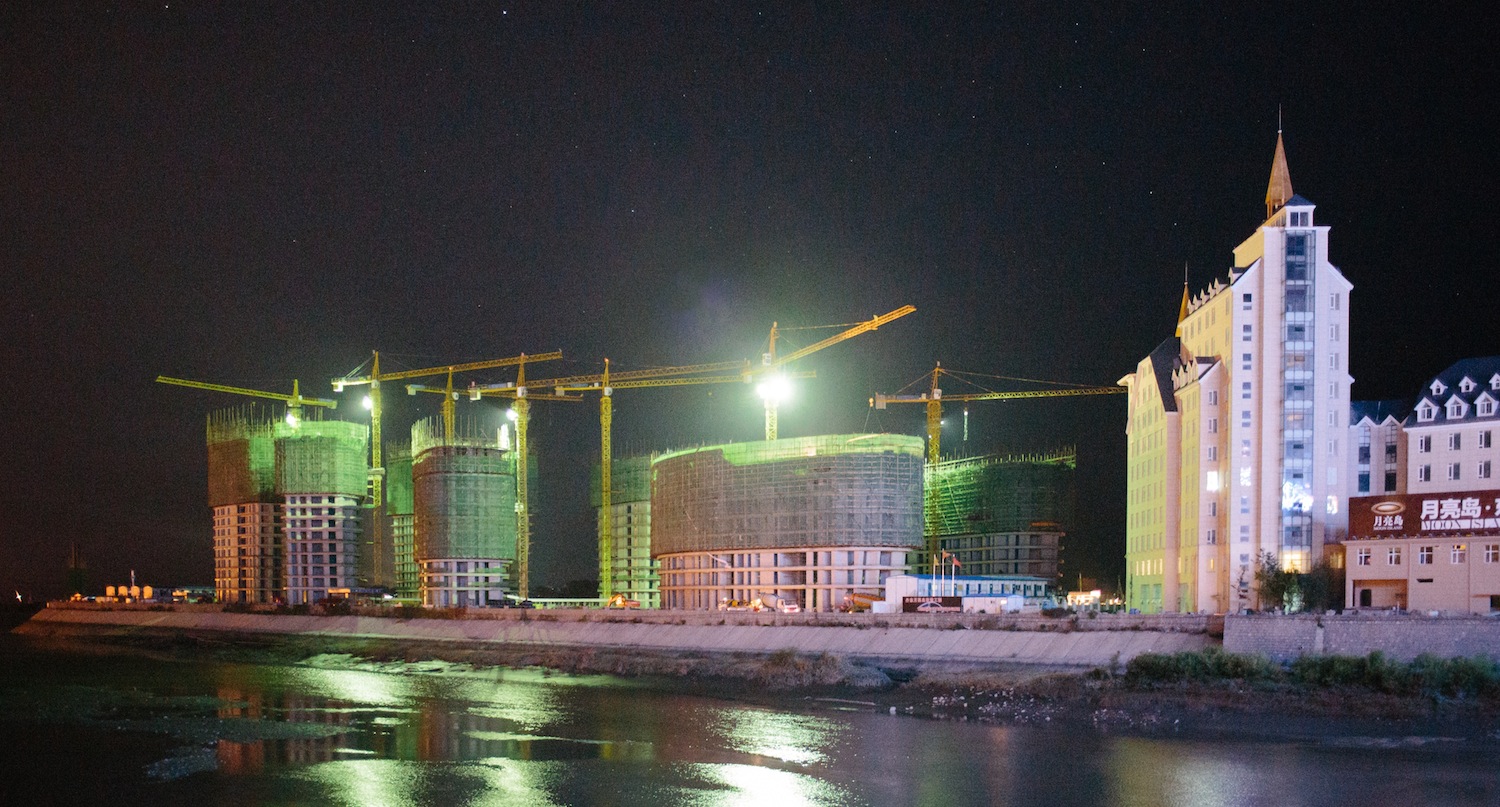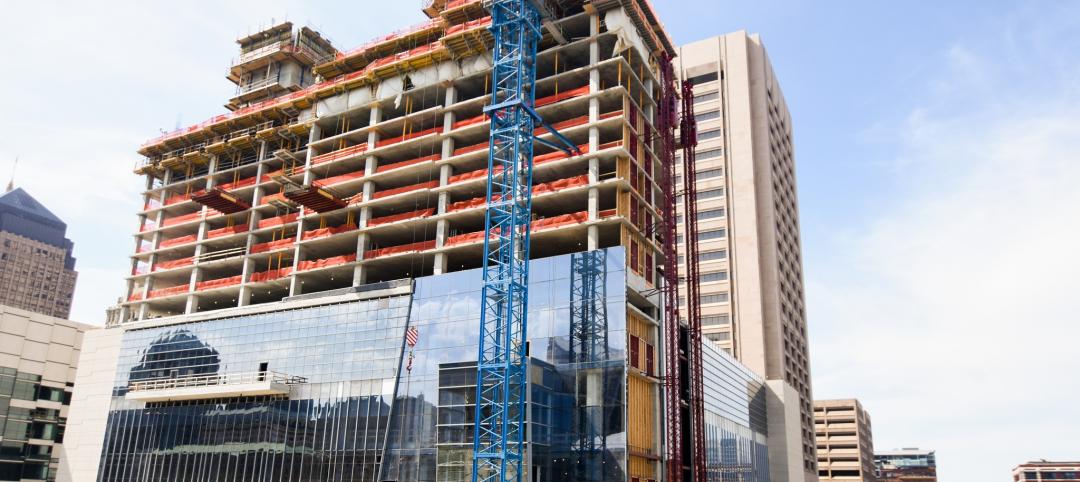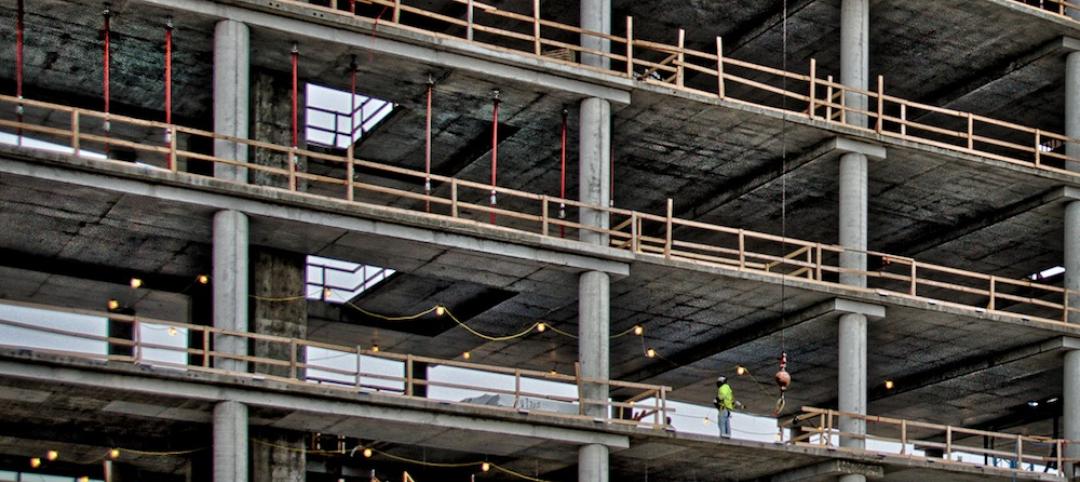Three countries—The United States, China, and India—will account for nearly three-fifths of worldwide construction growth over the next 15 years. However, their respective expansions are expected to vary markedly.
In their latest report, “Global Construction 2030,” Global Construction Perspectives and Oxford Economics estimate that annual worldwide construction activity would increase by an average of 3.9% over the next decade and a half, or one percentage point higher than the projected global GDP over that period.
The report forecasts that construction output will expand by 85% to $15.5 trillion worldwide in 2030, with the U.S., China, and India accounting for 57% of that growth. While China should remain the world’s largest construction market, its building activity is slowing and will increase “only marginally” during these years.
U.S. construction, on the other hand, is expected to grow at a 5% per year clip. America’s southern states will be the country’s construction engine over this period. And four metropolitan areas—New York, Chicago, Los Angeles, and Houston, which aggregately are home to 15% of the U.S. population—alone should account for 27% of the country’s entire construction output over this period.
Even as speculation, this report is good news for American construction workers whose industry has yet to recover fully from the last recession. Construction unemployment rate in October fell to its lowest level since 2007, according to the Bureau of Labor Statistics. But there were 6.43 million construction workers employed in the U.S. in October, compared to 7.73 million in April 2006.
Census Bureau data show that construction spending in the U.S. has been rising since February 2011—when it was just shy of an annualized $755 billion—to $1.09 trillion in September 2015. But that latest figure still falls short of the last peak, $1.213 trillion in March 2006.
Back on the world stage, India is on pace to surpass Japan as the world’s third-largest construction market by 2021, and grow at twice the rate of China through 2030, says Graham Robinson, Global Construction Perspectives’ executive director. He notes that India’s urban population over the next 15 years is expected to increase by a “staggering” 165 million, with Delhi alone adding 10.4 million people to become the world’s second-largest city.
The report sees only modest construction growth going on in Europe, which might not reach pre-recession levels again until 2025. The exception could be the United Kingdom, which the report sees overtaking Germany as the world’s sixth-largest construction market by 2030.
On the other hand, “the current weakness in most emerging countries [such as Brazil, Indonesia, and Russia] is likely to be temporary, with higher growth rates soon returning,” writes Mike Betts of Global Construction Perspectives.
The full report can be downloaded (single user license) for £1,875 ($US2,851).
Related Stories
Codes and Standards | Mar 25, 2016
OSHA finalizes new silica dust regulations
Construction industry has until June 2017 to comply.
Contractors | Mar 24, 2016
ABC: Construction Backlog expands at the close of 2015
Uptick suggests high demand for construction workers will continue.
Market Data | Mar 1, 2016
ABC: Nonresidential spending regains momentum in January
Nonresidential construction spending expanded 2.5% on a monthly basis and 12.3% on a yearly basis, totaling $701.9 billion. Spending increased in January in 10 of 16 nonresidential construction sectors.
Market Data | Mar 1, 2016
Leopardo releases 2016 Construction Economics Report
This year’s report shows that spending in 2015 reached the highest level since the Great Recession. Total spending on U.S. construction grew 10.5% to $1.1 trillion, the largest year-over-year gain since 2007.
Market Data | Feb 26, 2016
JLL upbeat about construction through 2016
Its latest report cautions about ongoing cost increases related to finding skilled laborers.
Contractors | Feb 25, 2016
Huntsville’s Botanical Garden starts work on new Guest Welcome Center
The 30,000-sf facility will feature three rental spaces of varying sizes.
Architects | Feb 24, 2016
Is the booming freelance economy a threat to AEC firms?
By shifting the work (and revenue) to freelancers, “platform capitalism” startups have taken considerable market share from traditional businesses.
Religious Facilities | Feb 22, 2016
For the first time in Bulgaria, a temple’s construction raises a metal dome
The church is 2½ times larger than the basilica in Ukraine it references.
Market Data | Feb 10, 2016
Nonresidential building starts and spending should see solid gains in 2016: Gilbane report
But finding skilled workers continues to be a problem and could inflate a project's costs.
Contractors | Feb 2, 2016
ABC: Nonresidential spending falls again in December
For a second consecutive month, 12 of 16 nonresidential subsectors experienced spending decreases on a monthly basis.

















